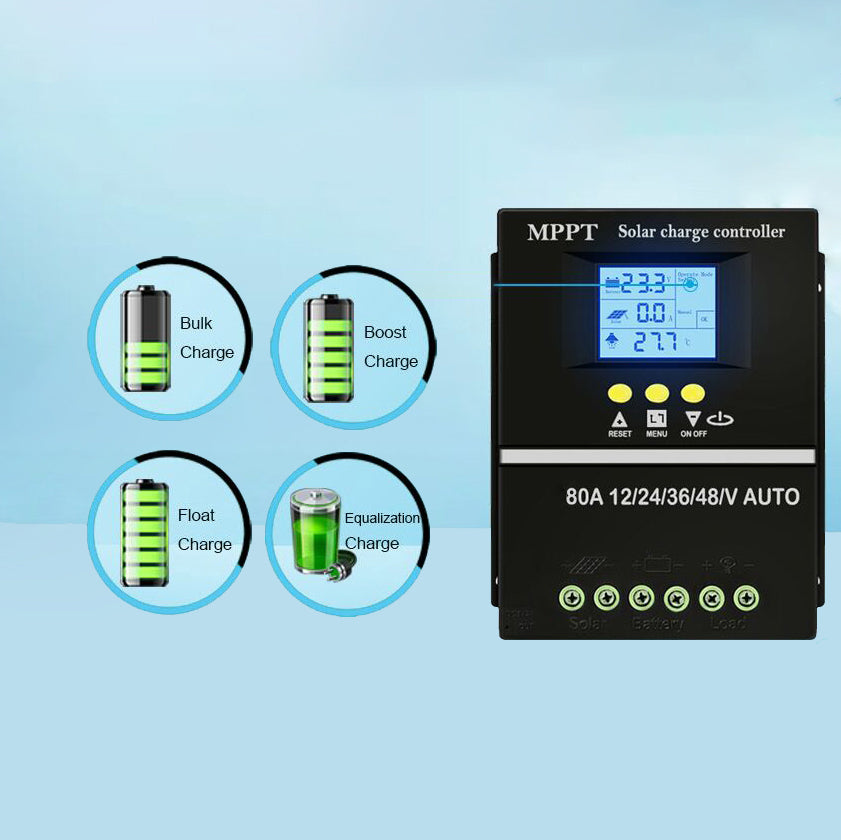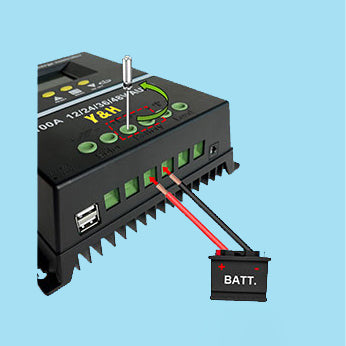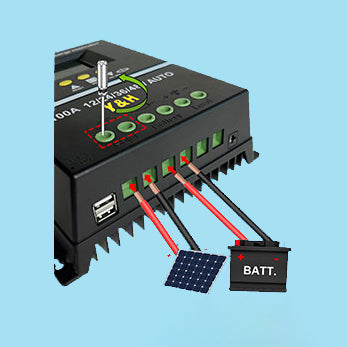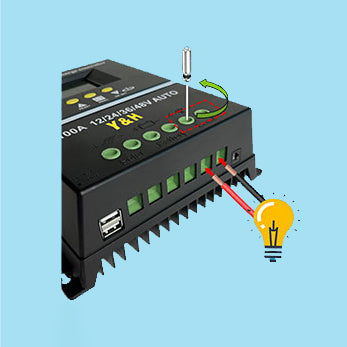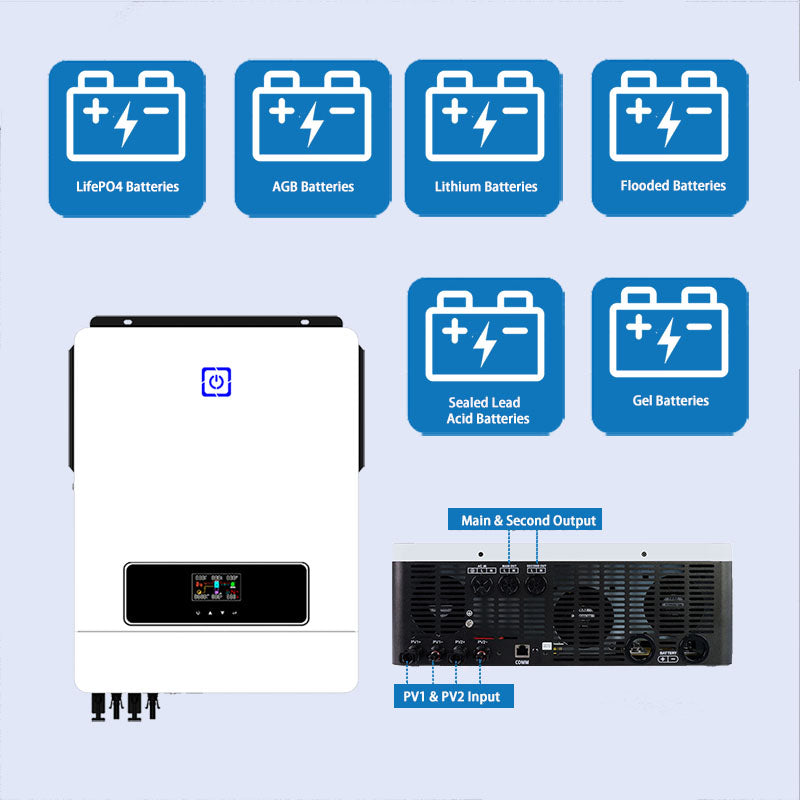Main Function of the Solar Controller
Dynamic Multi-Function LCD Display
Battery Compatibility
Comprehensive Voltage Protection
Automatic Battery Voltage Recognition
Solar Panel Specifications
Load Functionality Overview
System Connection Guidelines
Primary Function of the Controller
Multi-Function LCD Display
Compatible Battery Types
Comprehensive Voltage Protection
Automatic Battery Voltage Recognition
Solar Panel Specifications
Load Functionality Overview
System Connection Guidelines
Title
Title
Title



